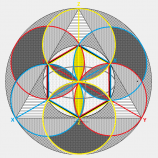
What Interesting Things Do You Know About The Egyptians?
Started by
Principium Nexus,
6 posts in this topic
Create an account or sign in to comment
You need to be a member in order to leave a comment
